
How to Use 12 V LED Circular: Examples, Pinouts, and Specs
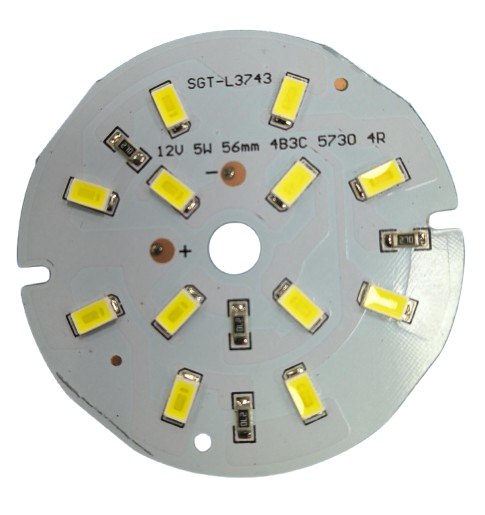
 Design with 12 V LED Circular in Cirkit Designer
Design with 12 V LED Circular in Cirkit DesignerIntroduction
The 12 V LED Circular is a circular LED light designed to operate at a 12-volt DC power supply. It is widely used in decorative lighting, status indicators, and display systems due to its low power consumption, high brightness, and long lifespan. Its compact and efficient design makes it suitable for a variety of applications, including automotive lighting, home decor, and industrial signaling.
Explore Projects Built with 12 V LED Circular
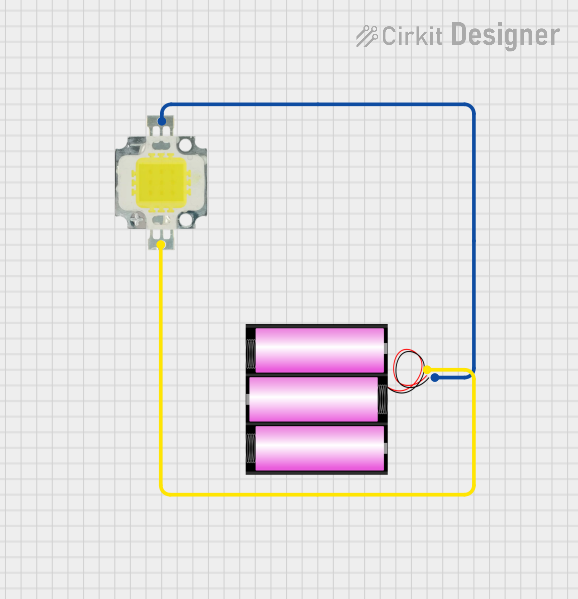
 Open Project in Cirkit Designer
Open Project in Cirkit Designer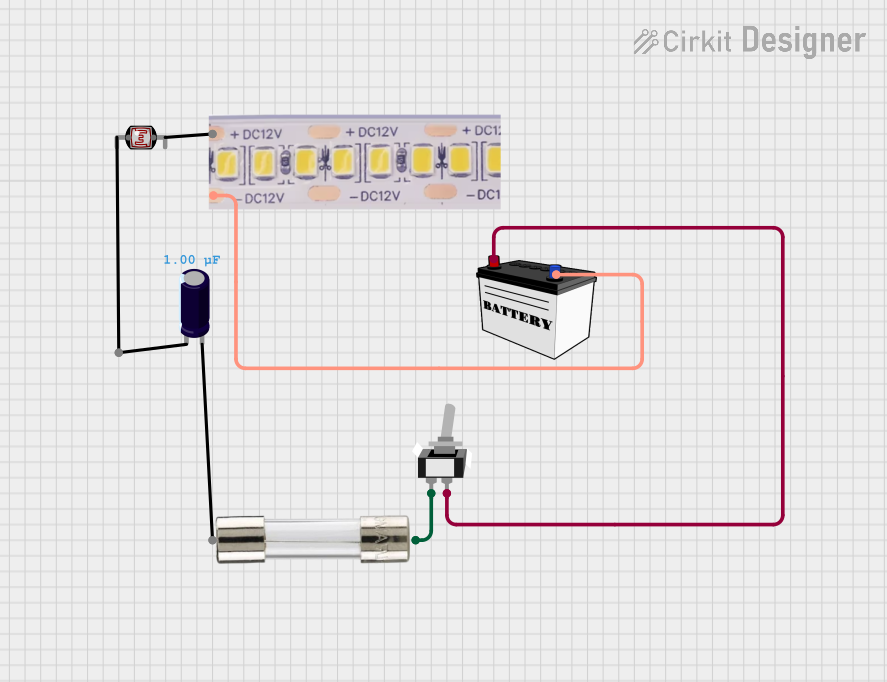
 Open Project in Cirkit Designer
Open Project in Cirkit Designer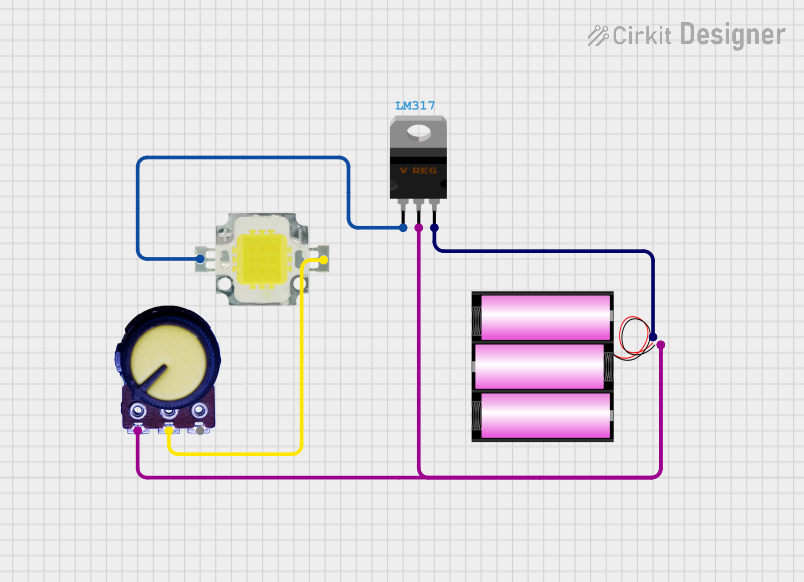
 Open Project in Cirkit Designer
Open Project in Cirkit Designer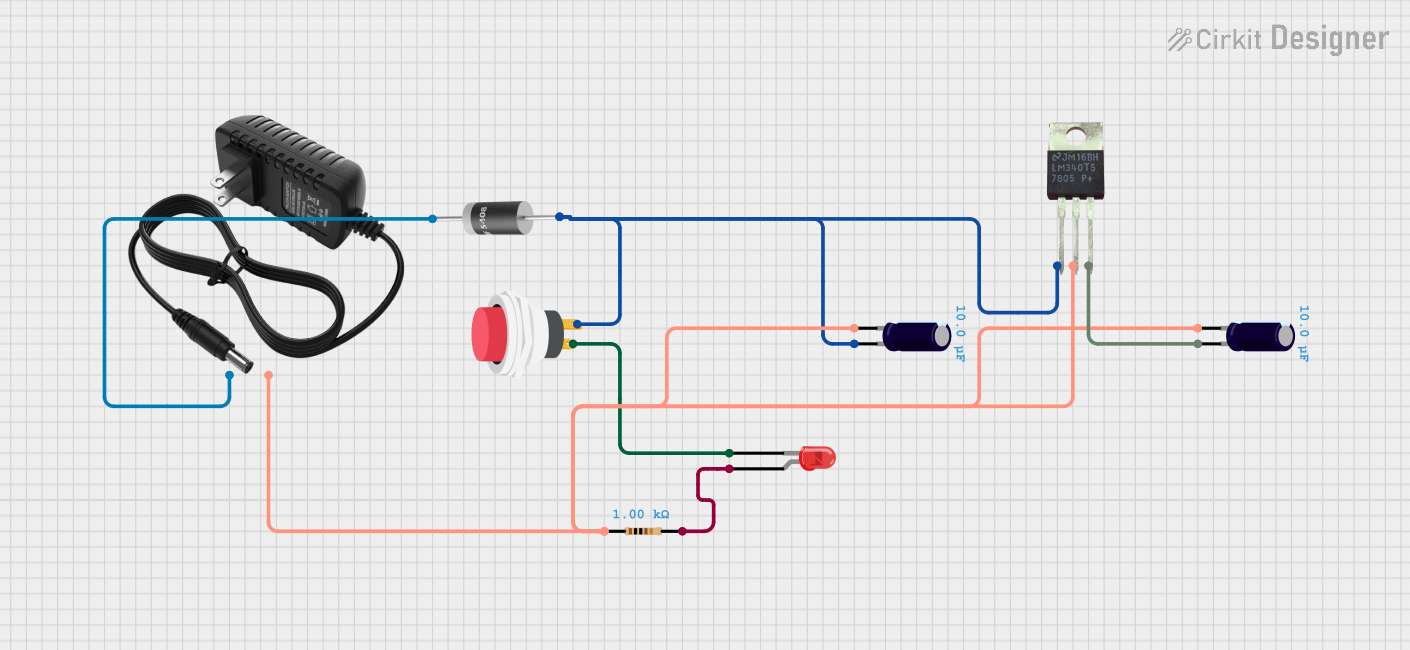
 Open Project in Cirkit Designer
Open Project in Cirkit DesignerExplore Projects Built with 12 V LED Circular

 Open Project in Cirkit Designer
Open Project in Cirkit Designer
 Open Project in Cirkit Designer
Open Project in Cirkit Designer
 Open Project in Cirkit Designer
Open Project in Cirkit Designer
 Open Project in Cirkit Designer
Open Project in Cirkit DesignerCommon Applications:
- Decorative lighting for homes, offices, and events
- Status indicators in control panels and machinery
- Automotive interior and exterior lighting
- Backlighting for displays and signage
- DIY electronics and hobby projects
Technical Specifications
Below are the key technical details and pin configuration for the 12 V LED Circular:
Key Technical Details:
| Parameter | Value |
|---|---|
| Operating Voltage | 12 V DC |
| Power Consumption | Typically 1-3 W |
| Current Rating | 80-250 mA (depending on model) |
| Light Color | Varies (e.g., white, red, blue, green) |
| Diameter | Common sizes: 30 mm, 50 mm, 70 mm |
| Lifespan | 30,000 - 50,000 hours |
| Operating Temperature | -20°C to 60°C |
| Mounting | Screw holes or adhesive backing |
Pin Configuration:
The 12 V LED Circular typically has two wires for connection:
| Pin/Wire Color | Description |
|---|---|
| Red | Positive terminal (+12 V DC) |
| Black | Negative terminal (Ground) |
Usage Instructions
How to Use the 12 V LED Circular in a Circuit:
- Power Supply: Ensure you have a stable 12 V DC power source. Using a voltage higher than 12 V may damage the LED.
- Polarity: Connect the red wire to the positive terminal of the power supply and the black wire to the ground.
- Current Limiting: If the LED does not have an inbuilt resistor, use an appropriate resistor to limit the current and prevent damage. For example, a 150-ohm resistor can be used for a 12 V supply.
- Mounting: Secure the LED circular using screws or adhesive backing, ensuring proper heat dissipation.
Important Considerations:
- Heat Management: Avoid enclosing the LED in a space with poor ventilation, as excessive heat can reduce its lifespan.
- Polarity Check: Reversing the polarity may damage the LED. Double-check connections before powering on.
- Series/Parallel Connections: If using multiple LED circulars, ensure proper wiring. For series connections, sum up the voltage requirements. For parallel connections, ensure the power supply can handle the total current.
Example: Connecting to an Arduino UNO
The 12 V LED Circular can be controlled using an Arduino UNO with a transistor as a switch. Below is an example circuit and code:
Circuit Setup:
- Connect the red wire of the LED to the collector of an NPN transistor (e.g., 2N2222).
- Connect the black wire of the LED to the ground.
- Connect the emitter of the transistor to the ground.
- Connect a 1 kΩ resistor between the base of the transistor and a digital pin (e.g., pin 9) of the Arduino.
- Connect the Arduino's ground to the power supply ground.
Arduino Code:
// This code controls a 12 V LED Circular using an Arduino UNO.
// The LED is connected to pin 9 via an NPN transistor.
const int ledPin = 9; // Define the pin connected to the transistor base
void setup() {
pinMode(ledPin, OUTPUT); // Set pin 9 as an output
}
void loop() {
digitalWrite(ledPin, HIGH); // Turn the LED on
delay(1000); // Wait for 1 second
digitalWrite(ledPin, LOW); // Turn the LED off
delay(1000); // Wait for 1 second
}
Troubleshooting and FAQs
Common Issues and Solutions:
LED Does Not Light Up:
- Cause: Incorrect polarity.
- Solution: Ensure the red wire is connected to +12 V and the black wire to ground.
- Cause: Insufficient power supply.
- Solution: Verify that the power supply provides 12 V DC and sufficient current.
LED Flickers:
- Cause: Unstable power supply.
- Solution: Use a regulated 12 V DC power source.
- Cause: Loose connections.
- Solution: Check and secure all connections.
LED Overheats:
- Cause: Poor ventilation or excessive current.
- Solution: Ensure proper heat dissipation and use a current-limiting resistor if needed.
Dim Light Output:
- Cause: Voltage drop due to long wires.
- Solution: Use thicker wires or reduce the wire length.
FAQs:
Q1: Can I use a 9 V battery to power the 12 V LED Circular?
A1: No, a 9 V battery will not provide sufficient voltage for optimal brightness. Use a 12 V DC power source.
Q2: Can I connect multiple 12 V LED Circulars to the same power supply?
A2: Yes, but ensure the power supply can handle the total current draw of all LEDs.
Q3: Does the 12 V LED Circular require a heatsink?
A3: Generally, no. However, if the LED operates in a high-temperature environment, additional heat dissipation may be necessary.
Q4: Can I dim the 12 V LED Circular?
A4: Yes, you can use a PWM (Pulse Width Modulation) signal from a microcontroller like Arduino to dim the LED via a transistor.
By following this documentation, you can effectively use the 12 V LED Circular in your projects and troubleshoot common issues with ease.